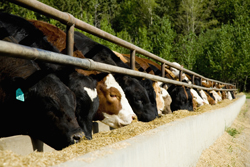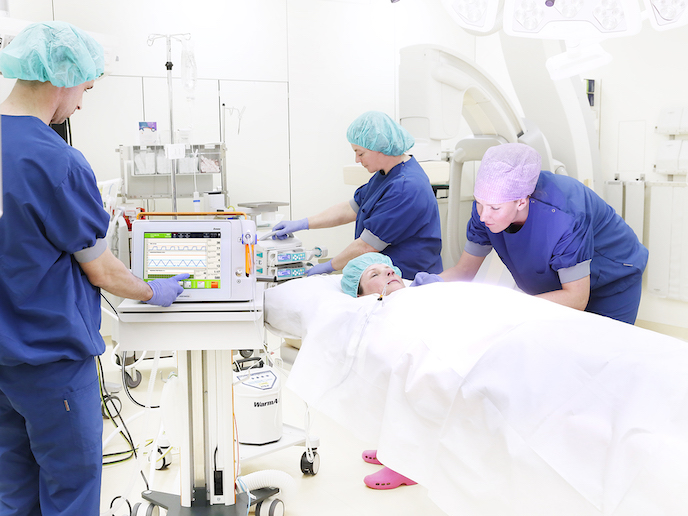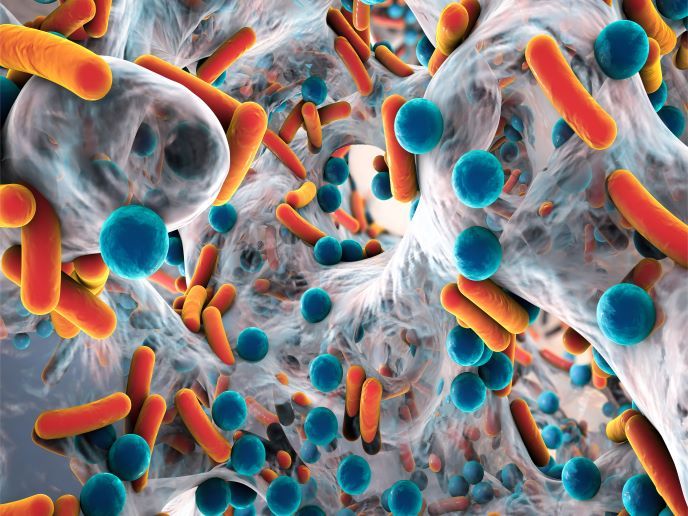Regulating the quality of animal feed
Animal feeds contain, among other essential nutrients, fat for energy provision. To date, the use of fat by- and co-products has not been strictly regulated and producers have sometimes included in feeds various low quality, low-cost fats,that can include degradation compounds or persistent pollutants. The key objective of the EU-funded ‘Quality and safety of feeding fats obtained from waste or by-products from the food chain’ (Feeding Fats Safety) proposal was to provide a classification and characterisation protocol for fat by- or co-products included in animal feed production. To this end, project partners ensured that animal nutrition leveled the quality and safety of the resultant meat products by obtaining information about various aspects related to these fats. They investigated the presence of some contaminants (dioxin, PCB, PAH, PBDE) and lipid degradation products in feeding fats and their effect on the quality of meat obtained. The risk of using certain fat materials obtained from waste or by-products from the food chain, such as acid oils, animal fats or fish oils, among others, was also assessed. Standardisation methods for animal feed fat content were developed, and technological options for improving the quality of these materials were provided. By disseminating the undesirable effects caused by these fats, the Feeding Fats Safety project partners wished to raise awareness about the importance of regulating animal feed quality. Implementation of the project suggestions to policy measures is expected to improve feedstuff quality control and meat quality, with direct consequences for consumer health protection.







